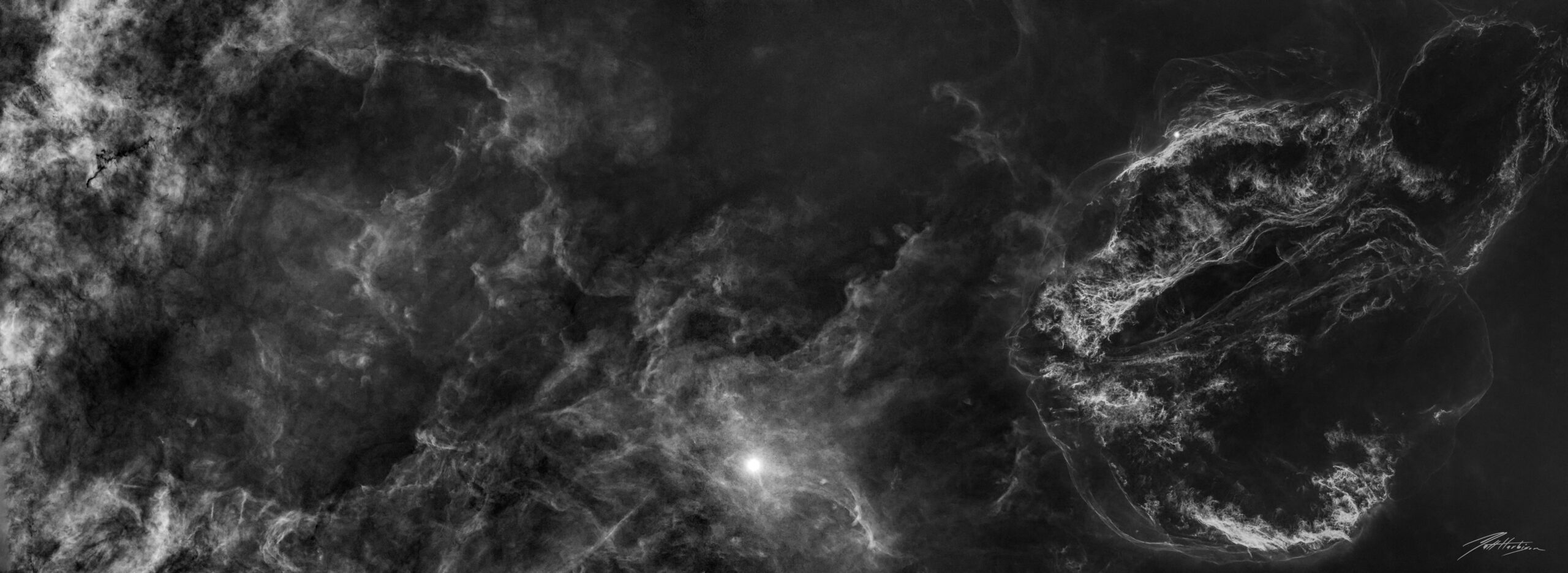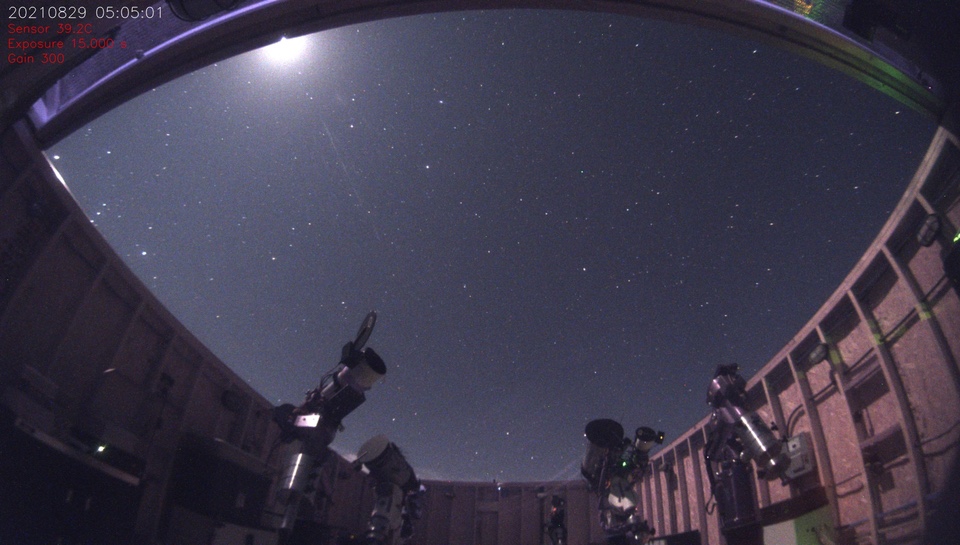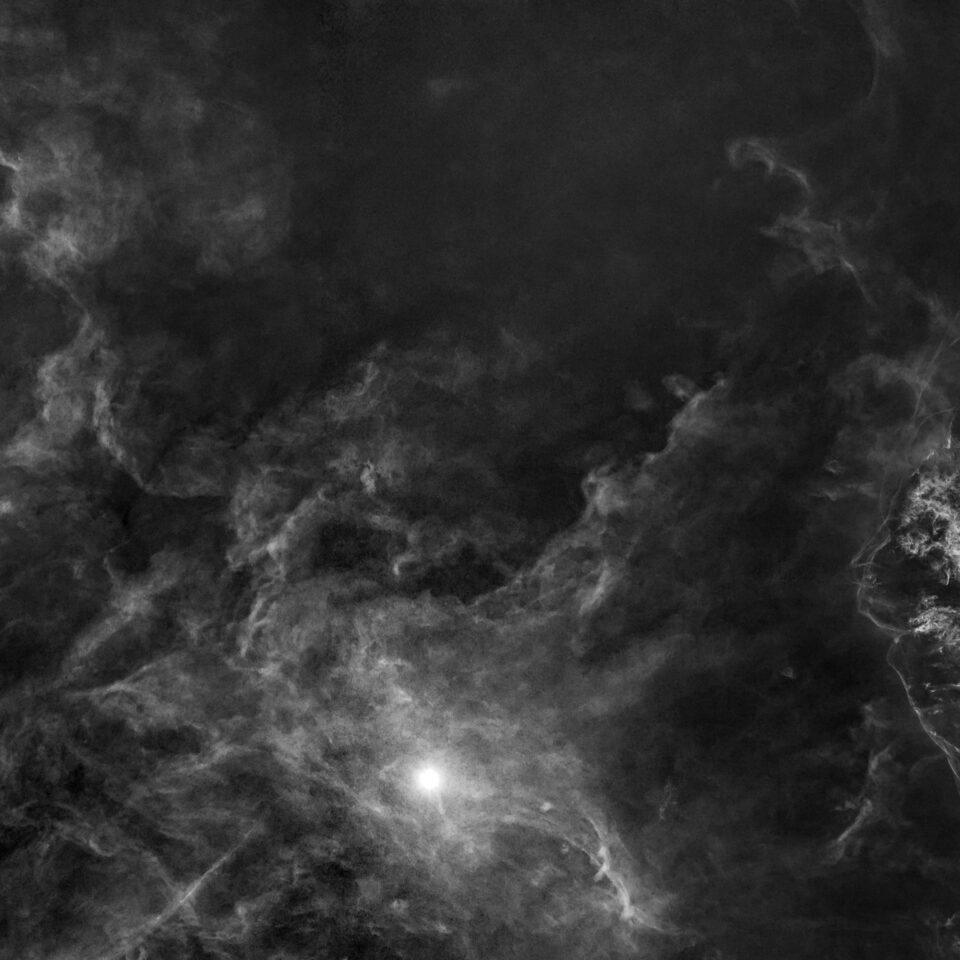First off- the morning soundtrack:
Spotify: José González – Let it Carry You
I’ve been in a remote observatory collecting data for about a four years now. Two of them I was crunching away at a hydrogen-less Orion mosaic. Now I’m biding my time until I start a larger project. I’m the mean time I’m churning away on a nice slice of Cygnus.

CMOS and CCD differences aside, I’ve figured out about the best time to swap from narrowband back over to broadband capture. That is- narrowband hydrogen, oxygen, or sulfur capture over to broadband, Luminance, red, green, and blue capture. Taking into account ADU values of my narrowband and broadband data I wait until the moon is about 30% before I will run broadband all night. Until that magical time, I simply roll narrowband.
But that doesn’t mean you have to wait until a moon is 30% to start shooting broadband. With the phases of our Moon, come shifting rising and setting times. Meaning, every night I get roughly an extra 30 minutes to an hour of Moonless night before it rises. In the last four days since the Moon was full, I’ve managed three-four hours of broadband data – it adds up for sure.
It may seem a trivial thing to most astrophotographers, but for anyone getting started, maybe this will give you a few extra hours of image capture each month.
Clear Skies!
Matt


